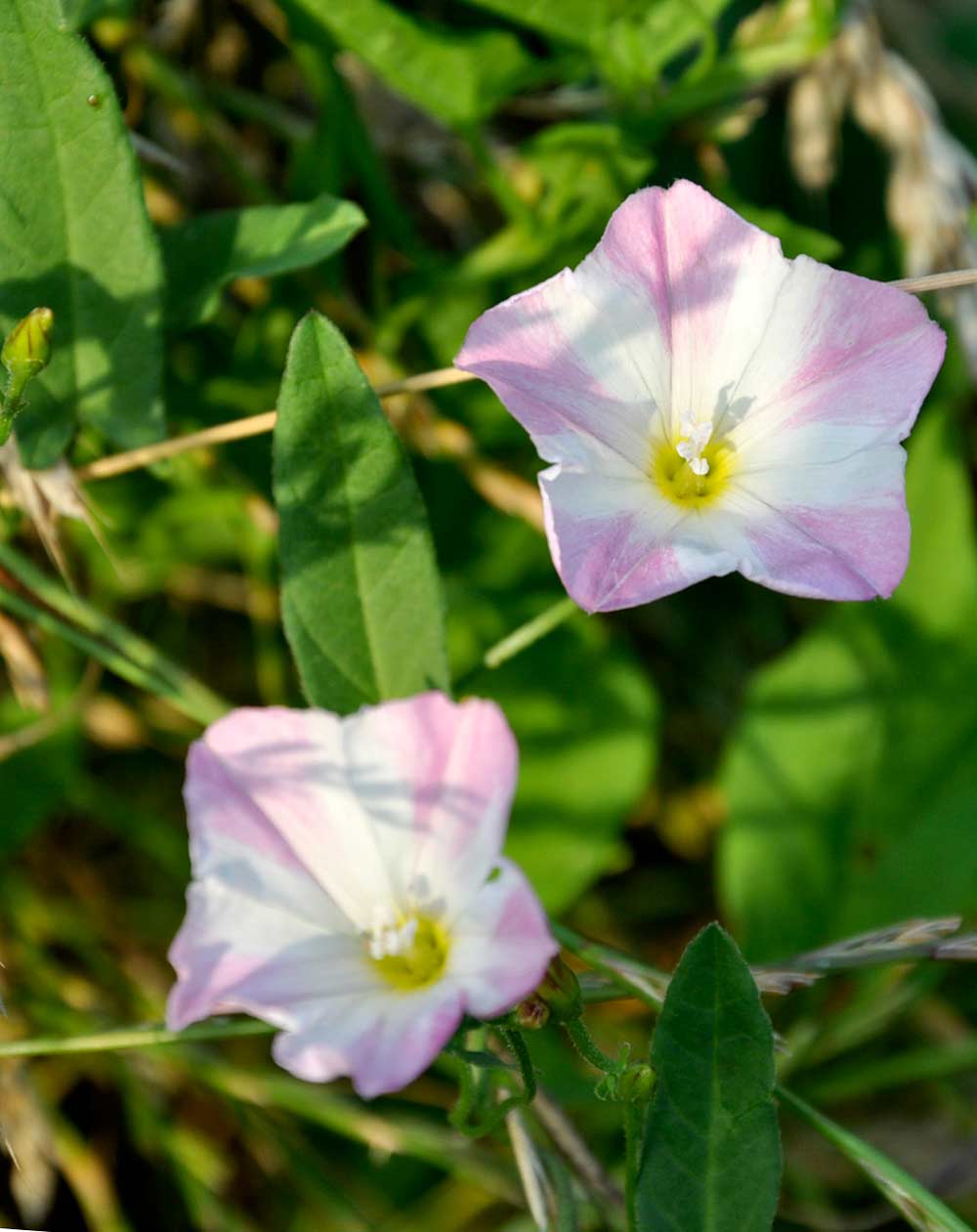About a third of Washington grape growers who responded to a recent survey on weed concerns report herbicide-resistant species present in their vineyards.
Glyphosate resistance in horseweed, also known as marestail, is the most common concern, but growers are also worried that kochia and Russian thistle are resistant to some herbicides, said Lynn Sosnoskie, a weed researcher who spent 2017 at Washington State University.
Tree fruit growers have also found glyphosate resistant horseweed in the Pacific Northwest, she said, and it’s a well-documented problem in California and several regions in the Eastern U.S.
Even more concerning, there are horseweed populations in California that are now resistant to both glyphosate and paraquat, she said, presenting her findings from the survey to the Washington Wine Research Commission in January.
Other top weeds of concern for growers include puncture vine, mallow and lambsquarters, which are just naturally difficult to control.
“Puncture vine and mallow, even though they are annual species, they develop deep taproots and they take on some of the traits of perennial species in that they are able to withstand management strategies like, say, a glyphosate application or a mowing application more so than some other more delicate weed species,” she said. As for lambsquarters, “it’s long been known that we actually have a fair level of tolerance to glyphosate naturally.”
Emerging resistance or just incomplete control could become growing problems, as glyphosate is by far the most popular herbicide for Washington’s wine grape growers.
Right now, about 80 percent of survey respondents regularly use Roundup (glyphosate) and about a third also use Aim (carfentrazone-ethyl), Rely (glufosinate) or Gramoxone (paraquat). Pre-emergent herbicide use is less common, but 60 percent of growers said they used either Surflan (oryzalin), Matrix (rimsulfuron), Alion (indaziflam) or Chateau (flumioxazin).
When it comes to nonchemical weed control, 64 percent of respondents said they use cultivation and 54 percent said they use hand-weeding under trellises. In between the trellises, most mow, but 54 percent also say they use cover crops to control weeds.
Sosnoskie intended to use the survey to target future research projects to industry needs, but earlier this year she moved back to California for a tenure-track position. But wine grape growers want to see research that helps them reduce herbicide use, find effective new herbicides, evaluate cultivation equipment, and use weed-suppressive cover crops. •

Bindweed (Courtesy Christian Becker)
Beating back bindweed
Even with modern chemicals, some weeds are just particularly hard to kill. Field bindweed, Convolvulus arvensis, has been frustrating farmers for more than 100 years because it can send tap roots down up to 30 feet.
These root reserves allow it to both survive drought and regenerate after the surface plant is killed, Lynn Sosnoskie told growers at the Washington State Grape Society Meeting last November.
Before herbicides, extension studies in the Midwest could take 20-30 cultivations to eradicate bindweed from a field.
Today, systemic herbicides have vastly improved control on perennial weeds like bindweed, but growers still get between 69 percent and 84 percent control with glyphosate, with the difference depending on when you spray, Sosnoskie said.
The fact that bindweed is more susceptible in the summer, when it’s flowering, than in the spring and fall during its leafy growth state suggests that the weed’s own physiology plays a role in the herbicide’s actions.
It appears that vigorous growth in the summer helps move the glyphosate to the meristems, where it can kill more effectively, Sosnoskie said. While the rhizome buds are dormant, the herbicide is harmless.
“Abundant above ground biomass is important because we need that growth to capture the herbicide to get enough of the material translocated to the root system,” she said. “Spring control doesn’t work as well because the nutrient sink (the roots) is feeding the vine.”
So how could scientists use this insight into the weed’s physiology to kill it more effectively?
Sosnoskie said that using plant hormones to break bud dormancy early could increase vigor and use up some of the energy reserves, thereby making the bindweed more susceptible to glyphosate.
Preliminary data from 2017 trial in Eltopia showed that the hormones did spur more growth and made the glyphosate more effective.
“We actually killed plants off and reduced the cover at these sites over time,” she said.
Next up, she plans to use greenhouse trials to determine which phytohormones work best, the optimum doses to improve herbicidal effectiveness, and the potential for use in other perennial weed species, such as dandelion.
—by Kate Prengaman






Leave A Comment